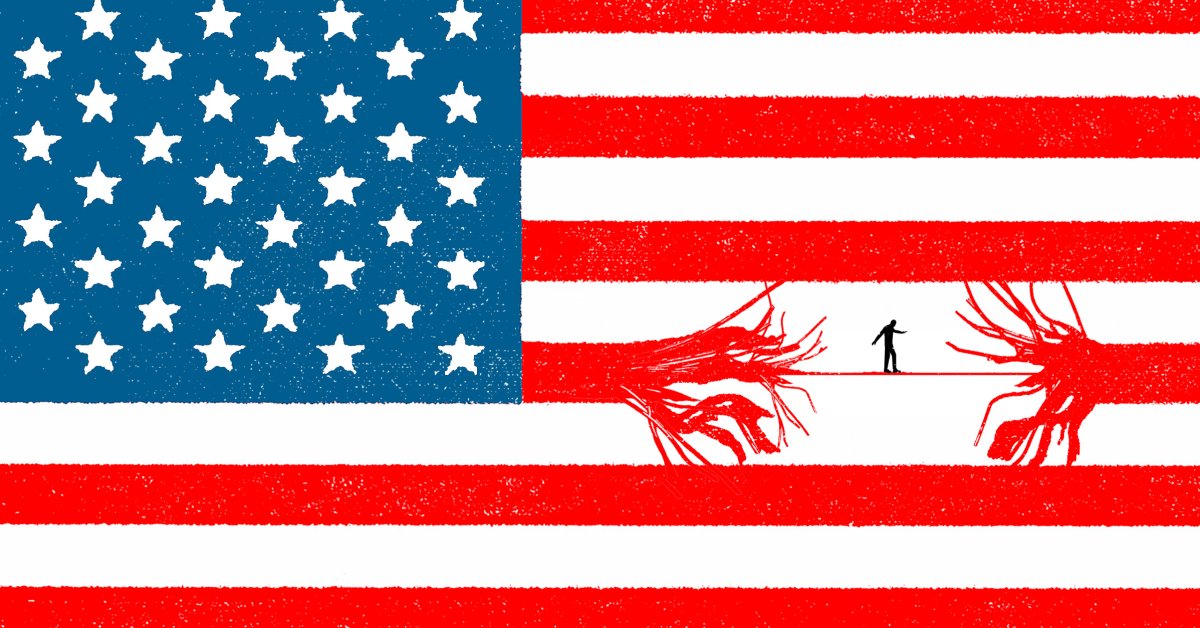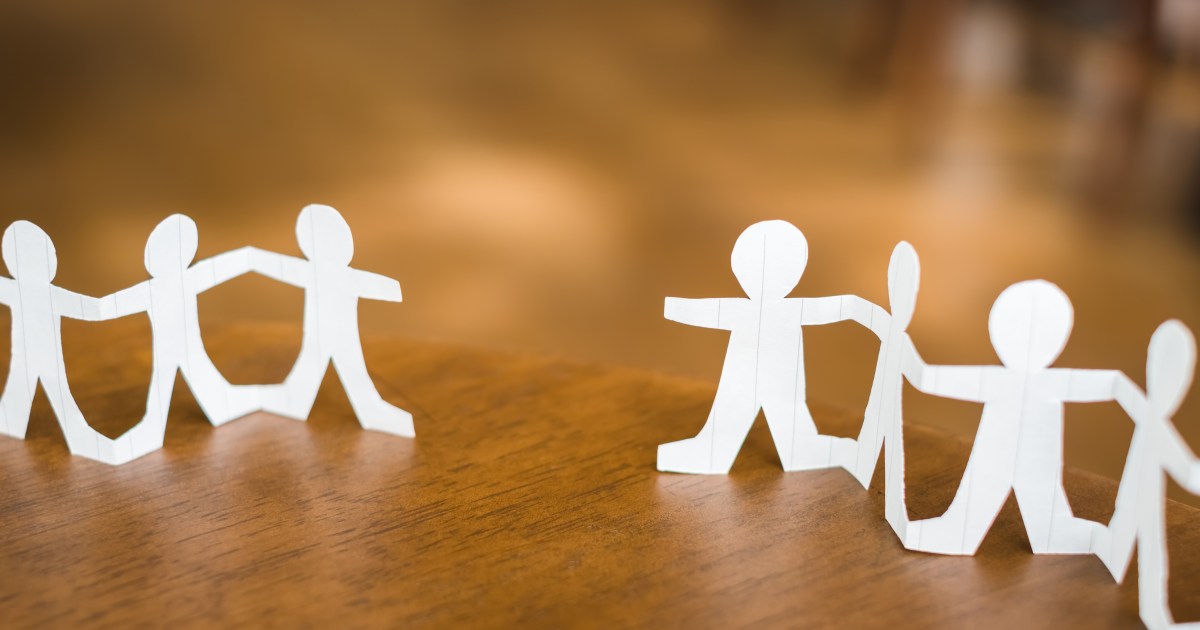There are only two types of viable customers in South Africa
If you're not positioned to serve either - you're got trouble coming.
Like almost everywhere the South African economic landscape is experiencing an interesting phenomenon.
Economists call it a 'hollowing out of the middle class' thanks to rising interest rates and stagnant economic growth.
What this means is that the middle class in South Africa (people who have jobs, drive a Toyota, live in the suburbs and send their kids to a government school) are taking enormous financial strain as mortgages, fuel, electricity (when you can get it) and other household debt become increasingly expensive.
Disposable income for the South African middle class is under increasing levels of strain and cutting back on spending is the only real solution.
The Brookings Institute puts it like this:
'The middle class are not poor enough to feature prominently in the poverty and inequality discourse, yet they have been seriously affected by the recessions caused by COVID-19, and by food and fuel shortages and price increases. Academics have long argued that the most vulnerable groups may not coincide with the poorest groups.'
What this means is that in South Africa there are really only now two groups of customers that remain commercially viable; the lower 60% of the population who don't own very much to begin with, and the ultra rich (the 0.218% of the population that have a household income of more than R100k a month).
If you are aiming to sell goods and services to the middle class, you're in for a serious struggle.
If you are Pep Stores and Louis Vuitton you're loving life - if your business is positioned somewhere between those two - it's time to face reality and make alternative plans.





